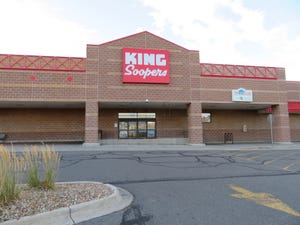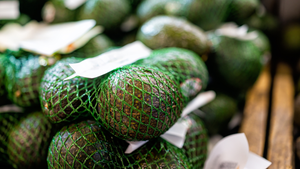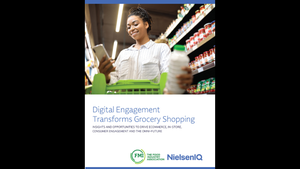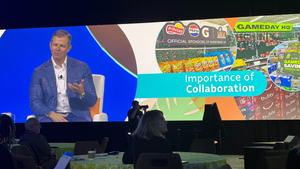Freedom of choiceFreedom of choice
January 1, 2018
This summer’s town hall meetings on health care reform created a level of citizen debate that arguably hasn’t been seen in decades. The reaction has put a spotlight on our nation’s history of consumer outcry when our right to choose is perceived to be at risk. In truth, Americans demand choice. And few places present more opportunity for the American consumer to choose than the supermarket.
A small but vocal group opposed to food technologies was recently highlighted in the film documentary Food, Inc. As an active advocate for food technology, I agree with the most fundamental aspect of their argument: Consumers should have the right to choose the foods they want. True choice, however, includes foods produced with technology—foods that typically have lower prices, create less environmental waste and require fewer natural resources to produce.
What would the public outcry be if government legislation restricted choices in the supermarket? What if that decision affected the affordability of food? What if grocery retailers themselves took away that choice?
In October 2008, 60% of people surveyed by the Center for Food Integrity said they were “more concerned about food costs than they were in 2007.” Modern production methods allow farmers to produce food more efficiently. And efficiency, by definition, is producing an effect with a minimum amount of waste or effort. It’s this efficiency—the result of food technology—that makes food more affordable.
So what is food technology? Food technology refers to yield- and productivity-enhancing tools that enable farmers to produce more food using fewer resources. This includes advances in crop and livestock management, pest control, food safety, genetics, animal health and nutrition. Food technology can help farmers produce healthy, nutritious food in greater quantity at a lower cost—while placing less strain on the environment.
And let me emphasize that food technologies and farming practices must first and foremost be certified as safe by stringently independent regulatory and scientific authorities.
We know that technology plays a role in creating affordable, eco-friendly energy solutions (e.g., hybrid cars and fuel cells), and in the same way, it’s also helping farmers use fewer natural resources to meet global demand. Chief among those demands is the need for food that is both sustainable and affordable. It’s this same use of technology that’s made food production more efficient over the decades. Consider a USDA comparison of U.S. farm output from 1948 to 1994. In that time, dairy production increased 32%, meat production 88% and the output of eggs and poultry increased 411%. Moreover, between 1950 and 2000, advances in food production technologies helped increase U.S. corn yield per acre by 292%.
Just as important, these efficiencies have helped farmers preserve essential natural resources.
These are messages that consumers have said they want to hear. Saving the planet and saving money at the grocery store are not mutually exclusive goals. In fact, the results of a June 2009 study conducted by Luntz, Maslansky Strategic Research—which included consumer focus groups in Los Angeles, Chicago and Washington, D.C.—found that consumers reported wanting to hear most about sustainability, broadly defined as the ability of farmers to produce food indefinitely without causing damage to the environment. While it may seem counterintuitive, offering efficiently raised foods can actually be the cornerstone of a corporate green initiative: providing more from less.
The concern second to sustainability in the study was affordability. Does purchasing the least expensive food invariably support farmers who are using the least sustainable production methods? Thanks to food technology, the answer is no. Consumers can have both sustainability and affordability in the food they choose.
Organic foods are a fine option for people who are less concerned with the affordability of their food and we should support and defend the place of organics on our grocery store shelves. Issues such as price matter less to some customers, particularly those in affluent countries where food costs account for only 10% of the average income.
Consumers should have that choice. Likewise, they also deserve modern, technology-based food choices that are safe, affordable and sustainable. Ultimately, the American consumer demands choice. Will grocery retailers be ready to supply options?
Jeff Simmons is the president of Elanco, the animal health division of Eli Lilly and Co. With offices in more than 40 countries and 2008 sales of $1 billion, Elanco provides livestock production products to improve the affordability of food, increase the food supply, ensure food safety and promote global sustainability.
About the Author
You May Also Like




